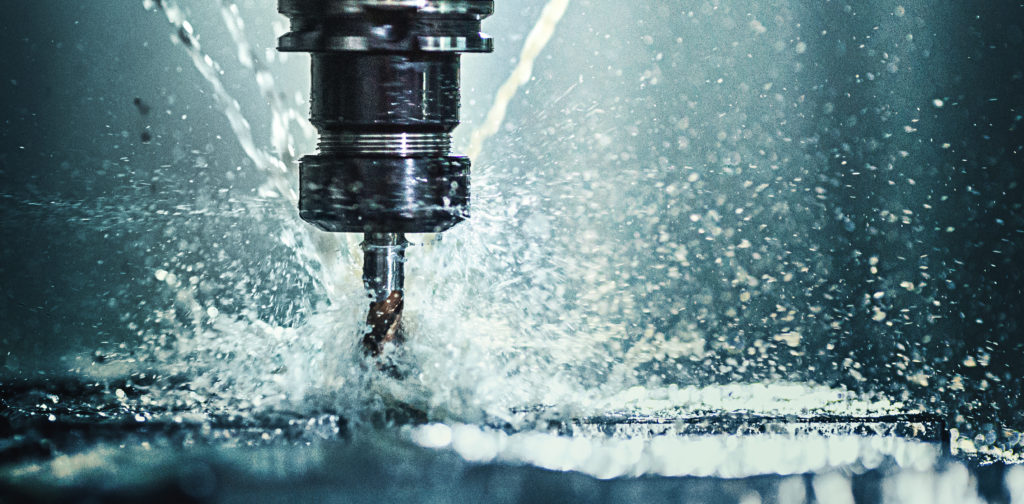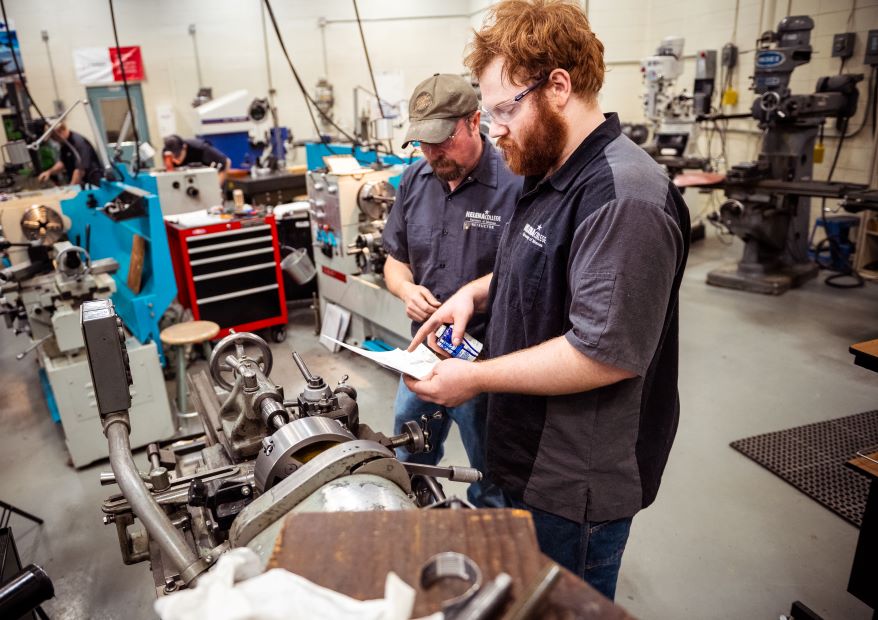The Role of Fasteners and Machining in High-Quality Product Design
The Role of Fasteners and Machining in High-Quality Product Design
Blog Article
Navigating the World of Fasteners and Machining: Approaches for Precision and Rate
In the intricate world of fasteners and machining, the mission for accuracy and speed is a perpetual obstacle that demands careful attention to detail and critical planning. From recognizing the diverse variety of fastener types to picking ideal products that can endure extensive needs, each step in the procedure plays a crucial role in accomplishing the wanted outcome. Precision machining strategies even more boost the complexity of this craft, calling for a delicate balance in between technological know-how and innovative approaches. As we look into the approaches that can boost both speed and efficiency in this domain, the interplay between high quality control actions and functional quality becomes a crucial focal point.
Understanding Bolt Types
When selecting bolts for a project, comprehending the numerous types offered is essential for making certain optimal performance and integrity. Bolts are utilized with nuts to hold products together, while screws are flexible bolts that can be used with or without a nut, depending on the application. Washing machines are essential for distributing the lots of the bolt and avoiding damages to the product being fastened.
Choosing the Right Products
Understanding the value of picking the right materials is paramount in making sure the optimum efficiency and integrity of the chosen fastener types went over formerly. When it involves bolts and machining applications, the material selection plays a vital duty in determining the overall stamina, durability, corrosion resistance, and compatibility with the designated atmosphere. Various products offer differing buildings that can considerably affect the efficiency of the fasteners.
Typical products used for bolts consist of steel, stainless-steel, brass, aluminum, and titanium, each having its special toughness and weak points. Steel is renowned for its high strength and durability, making it appropriate for a variety of applications. Stainless steel uses outstanding rust resistance, suitable for environments prone to moisture and chemicals. Light weight aluminum is light-weight and corrosion-resistant, making it suitable for applications where weight decrease is critical. Brass is commonly selected for its aesthetic allure and exceptional conductivity. Titanium is understood for its extraordinary strength-to-weight ratio, making it excellent for high-performance applications. Choosing the best product includes considering variables such as stamina requirements, ecological conditions, and spending plan restrictions to guarantee the wanted performance and long life of the fasteners.
Precision Machining Techniques

Along with CNC machining, various other accuracy methods like grinding, transforming, milling, and exploration play important duties in fastener manufacturing. Grinding helps attain fine surface area coatings and tight dimensional tolerances, while transforming is frequently utilized to develop cylindrical elements with specific sizes. Milling and drilling operations are crucial for shaping and producing openings in bolts, ensuring they meet precise requirements and function properly.
Enhancing Rate and Efficiency
To enhance fastener manufacturing procedures, it is important to streamline procedures and carry out effective approaches that complement precision machining strategies. Automated systems can deal with repetitive tasks with accuracy and speed, allowing employees to focus on even more complicated and value-added activities. By integrating these techniques, manufacturers can accomplish a balance in between speed and accuracy, eventually improving their competitive side in the fastener market.
Quality Control Procedures
Implementing strenuous top quality control actions is vital in ensuring the reliability and uniformity of bolt items in the manufacturing process. Quality control measures encompass different phases, Full Report beginning with the selection of resources to the last examination of the finished fasteners. One fundamental element of top quality control is performing comprehensive product examinations to validate conformity with specifications. This involves evaluating elements such as material strength, composition, and resilience to assure that the bolts satisfy market requirements. In addition, keeping track of the machining processes is necessary to support dimensional accuracy and surface coating top quality. Making use of innovative innovation, such as automated inspection systems and accuracy measuring devices, can improve the accuracy and performance of quality assurance procedures.
Routine calibration of tools and machinery is important to keep consistency in production and ensure that fasteners fulfill the required tolerances. Carrying out strict procedures for recognizing and dealing with issues or non-conformities is essential in preventing substandard items from entering the marketplace. By developing an extensive quality assurance structure, manufacturers can maintain the reputation of their brand and provide bolts that meet the highest possible criteria of performance and durability.
Conclusion

In the complex world of bolts and machining, the mission for accuracy and speed is a perpetual difficulty that demands precise site web interest to detail and strategic planning. When it comes to bolts and machining applications, the product option plays an essential role in identifying the overall strength, resilience, corrosion resistance, and compatibility with the intended environment. Accuracy machining includes different advanced you can try these out methods that ensure the limited resistances and specs required for bolts.In enhancement to CNC machining, other precision strategies like grinding, transforming, milling, and boring play important roles in bolt production.To optimize bolt production processes, it is vital to improve procedures and carry out effective strategies that enhance precision machining techniques.
Report this page